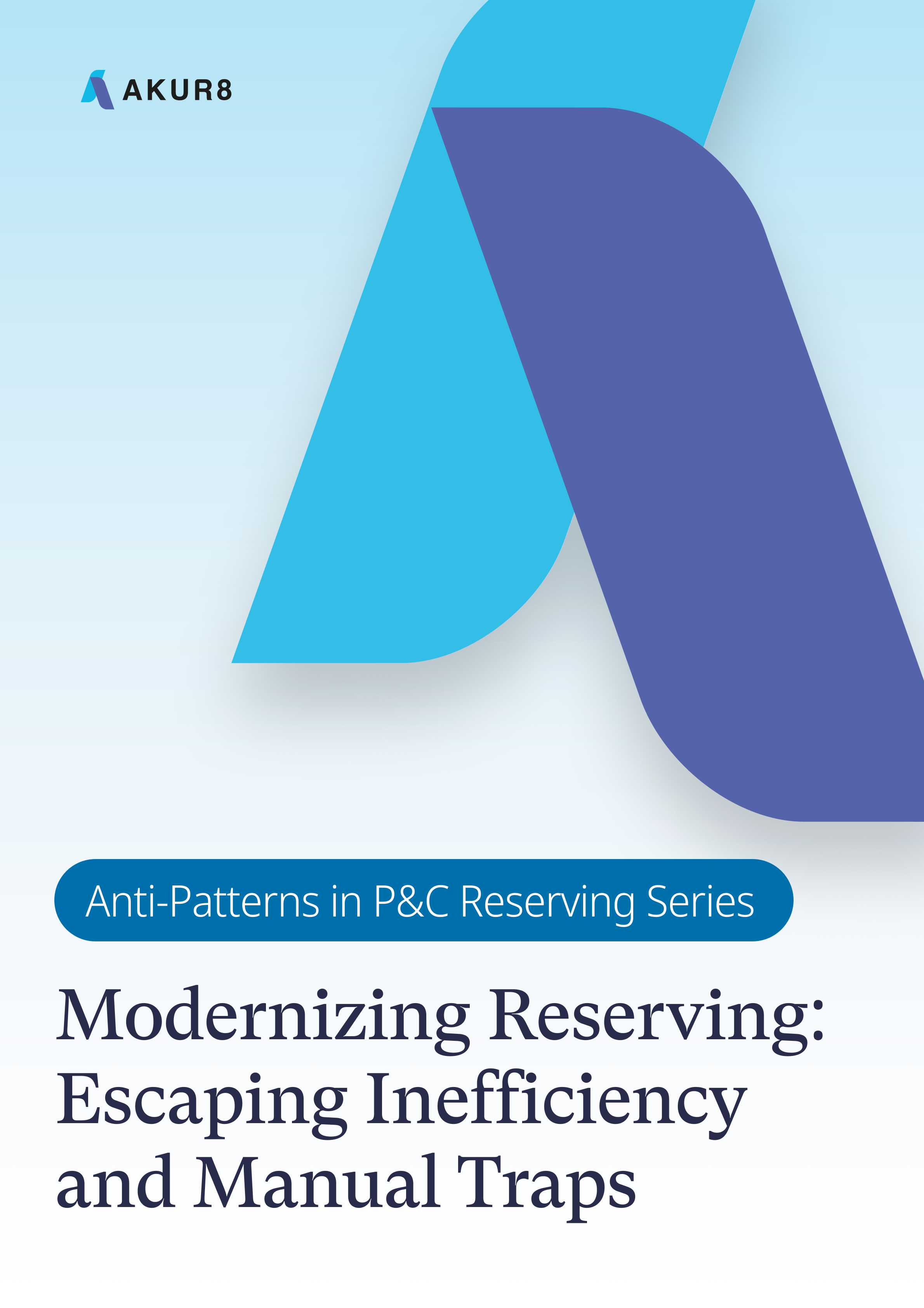Inflation et tarification assurantielle: quelles stratégies ?

Complétez le formulaire ci-dessous pour recevoir ce document
Remplissez le formulaire ci-dessous pour recevoir ce rapport
Oups ! Un problème est survenu lors de la soumission du formulaire. Veuillez réessayer.
Oups ! Un problème est survenu lors de la soumission du formulaire. Veuillez réessayer.




